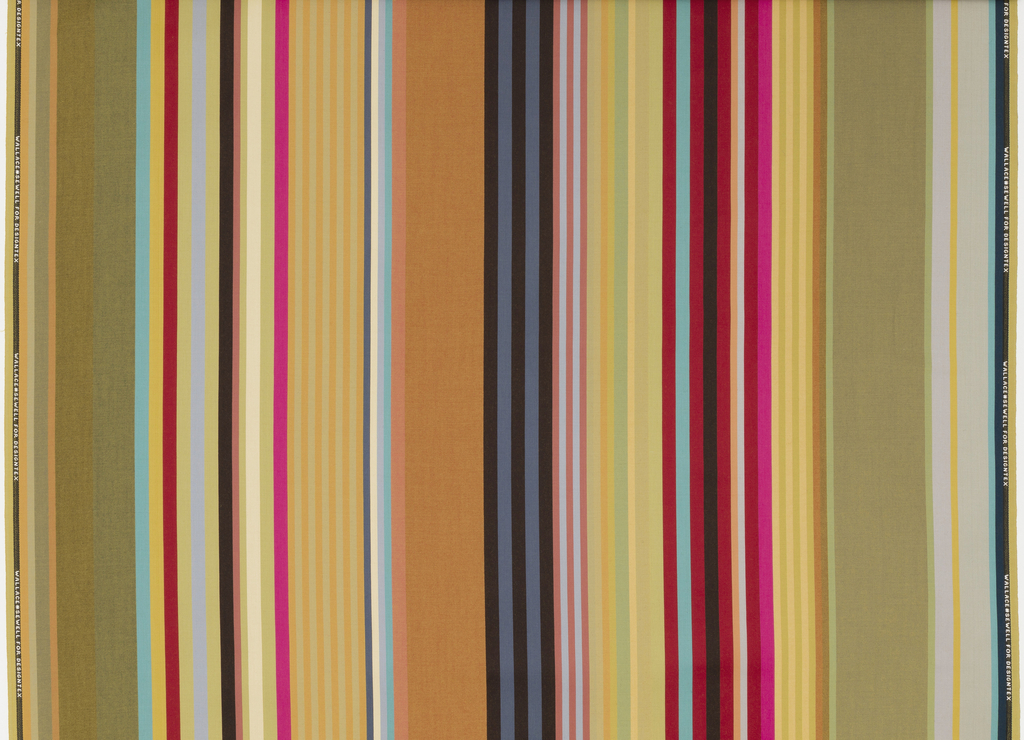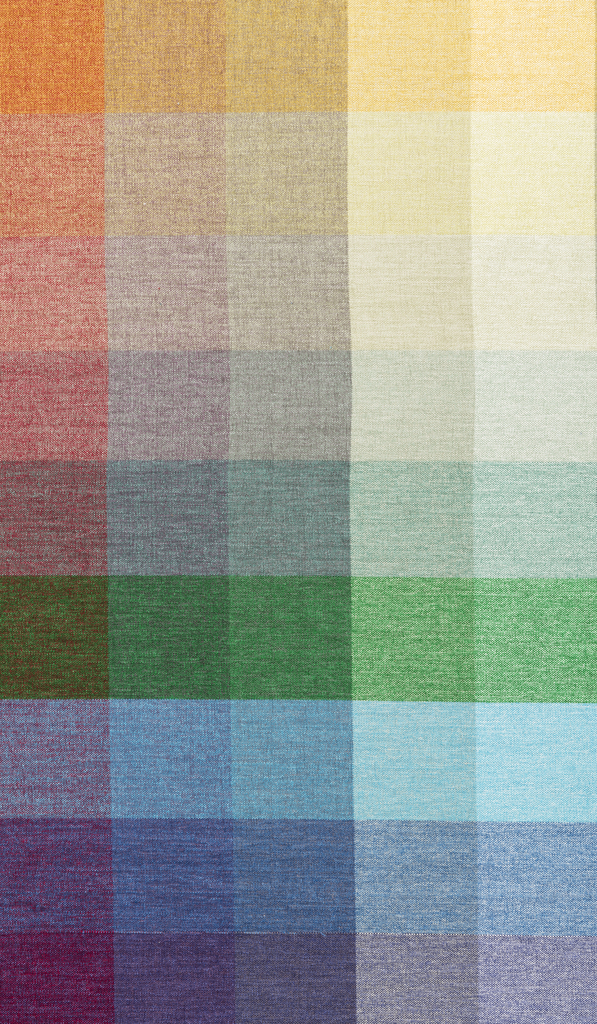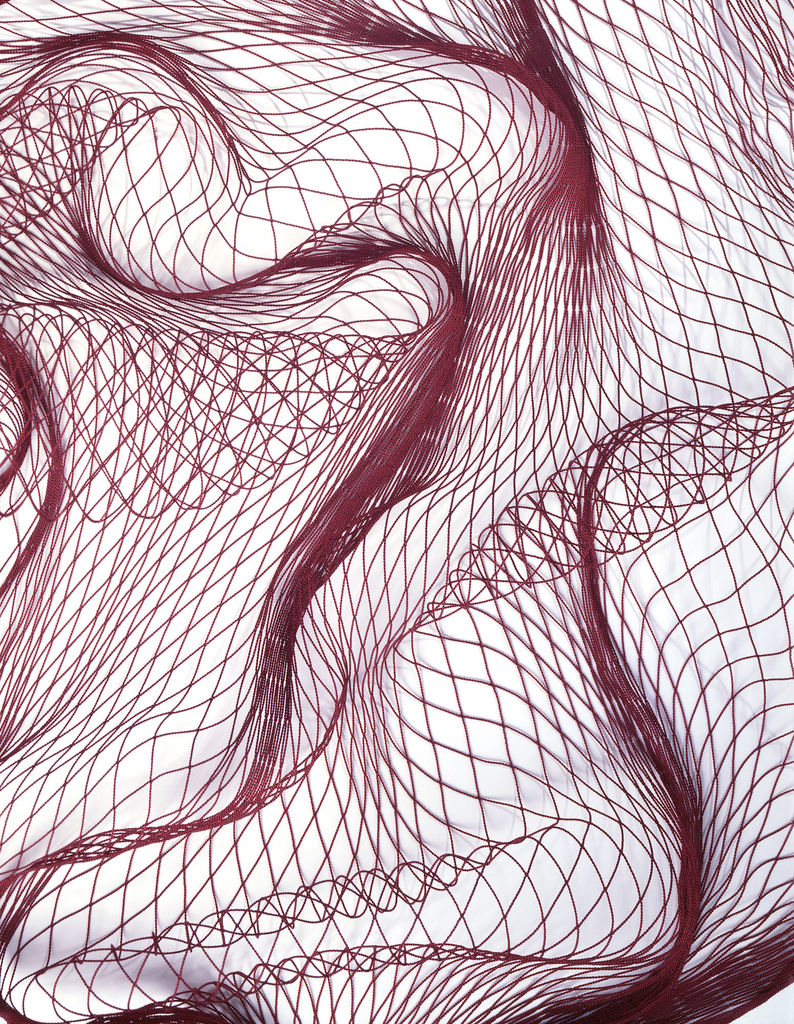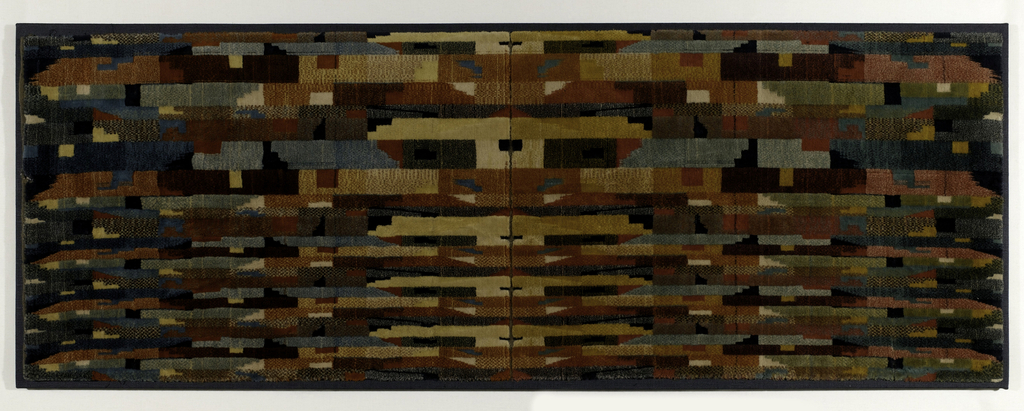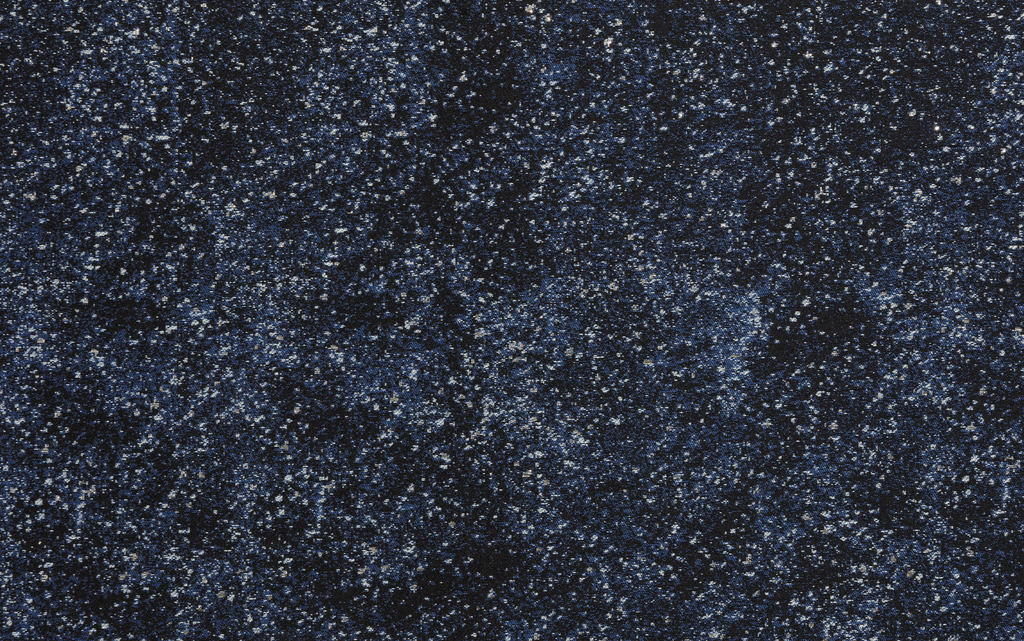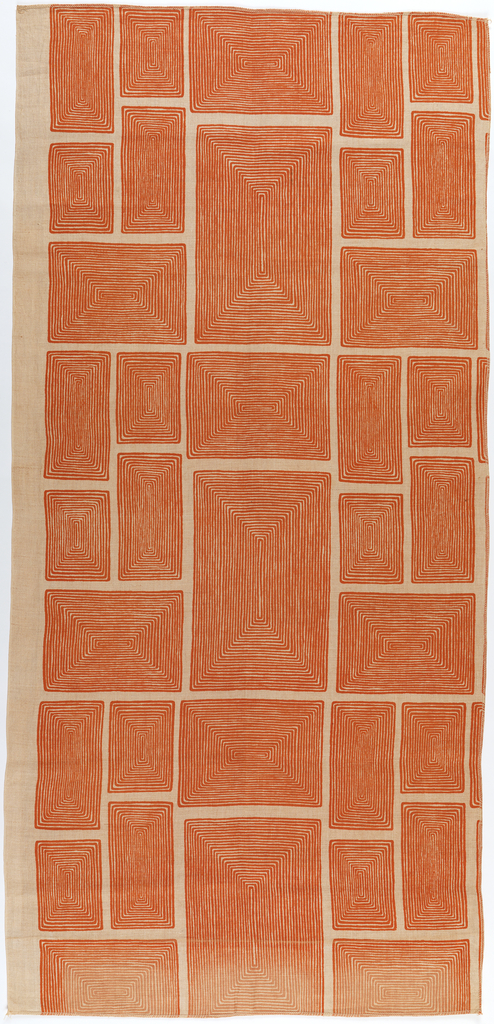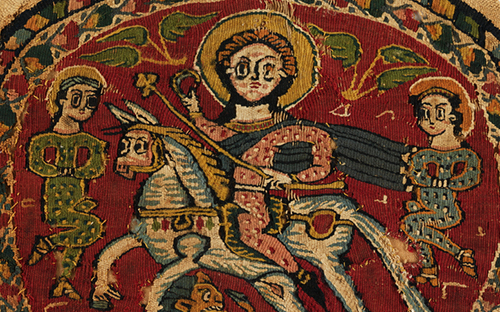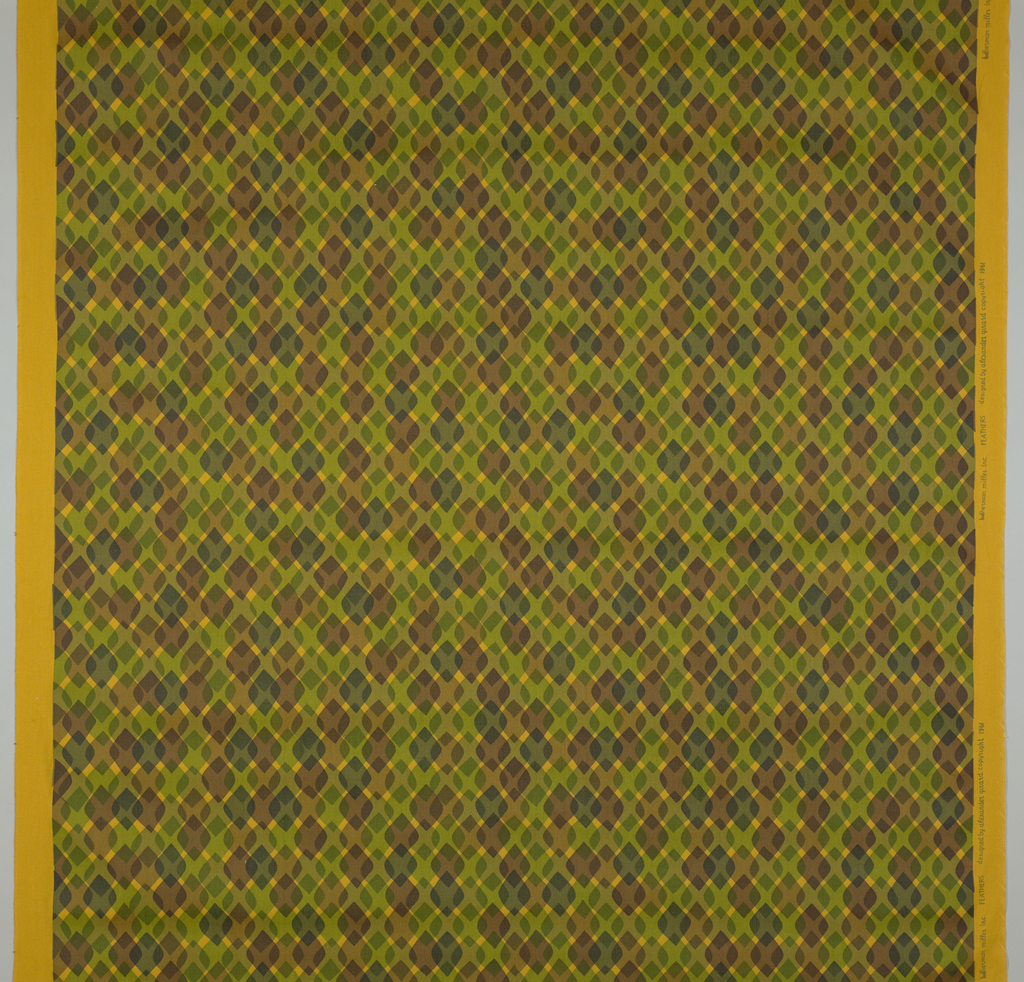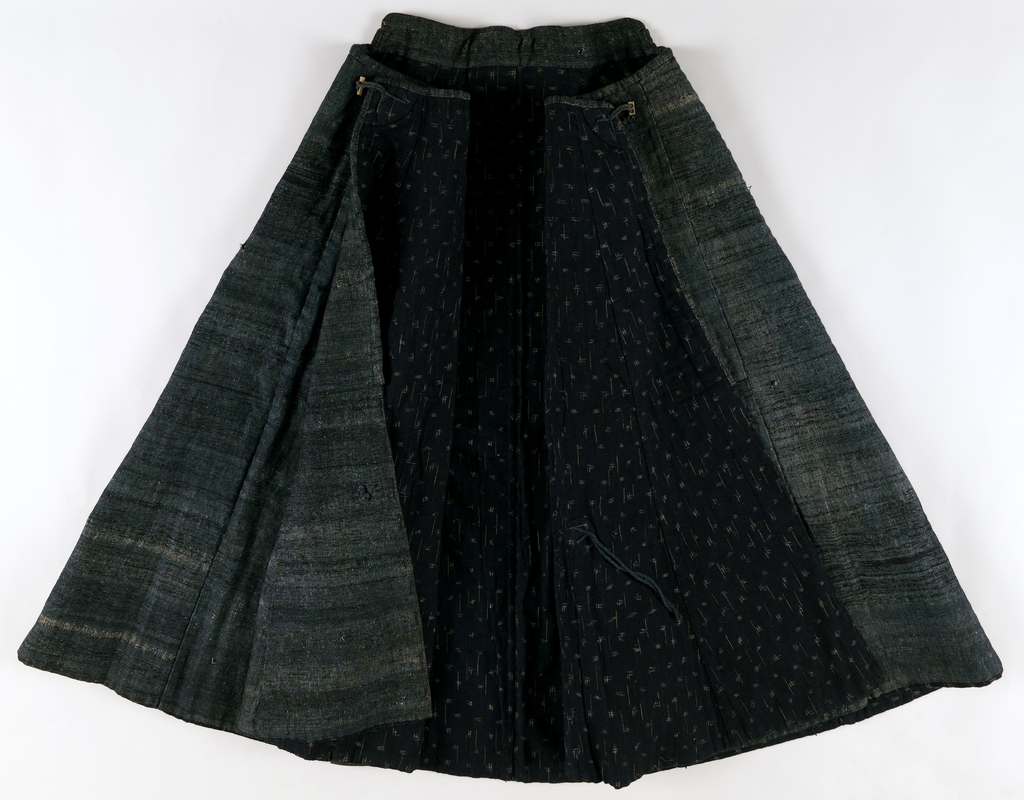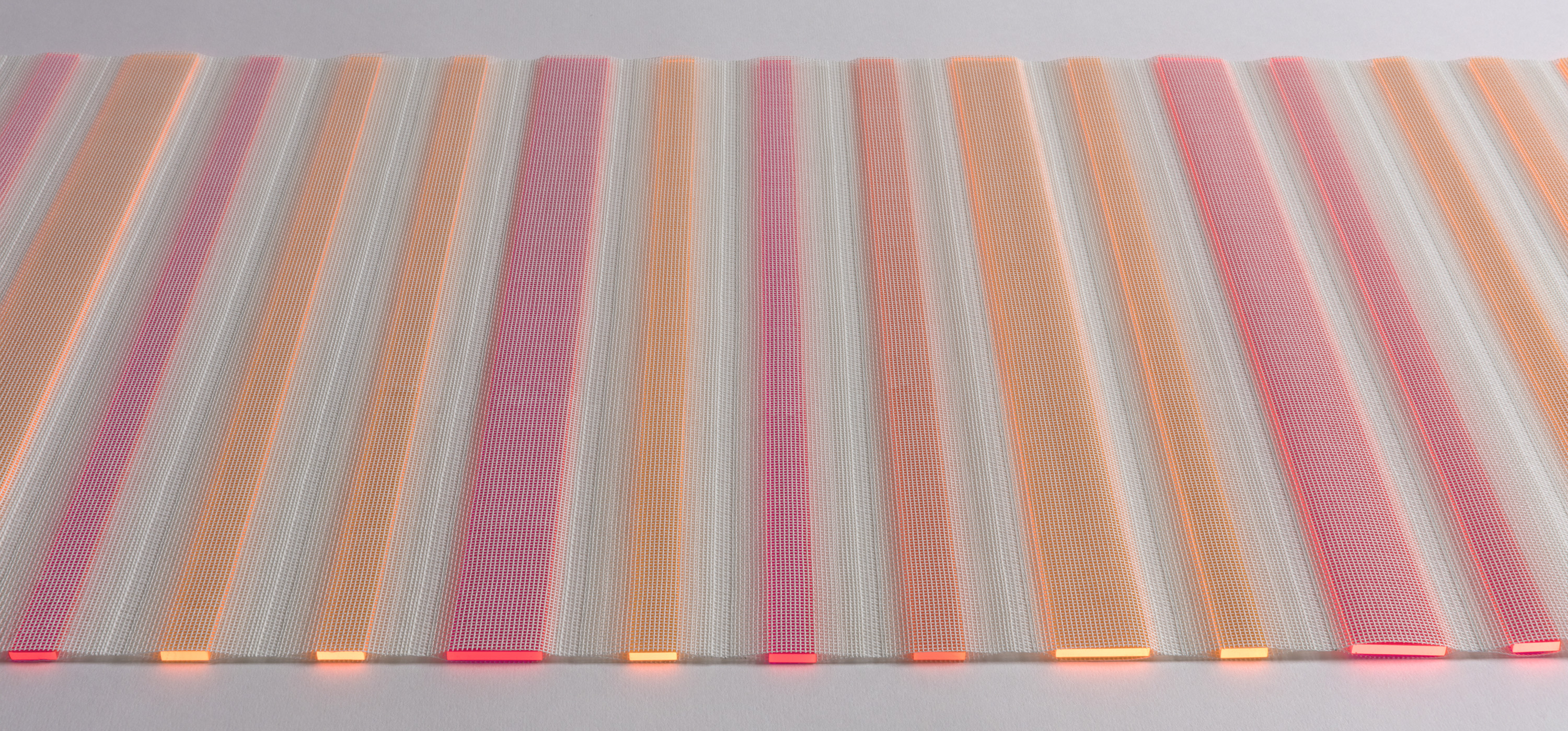Sandy Chilewich has popularized and boosted the reputation of extruded yarn manufacture, specifically in vinyl, which used to be reserved for more industrial applications. She took advantage of a fairly simple mechanical process involving relatively few steps to make much of the woven vinyl products that are part of her eponymous line. The extrusion process...
A series of wool fabrics in saturated, oversized plaid is Designtex’s most recent collaboration with Harriet Wallace-Jones and Emma Sewell of the British textile studio Wallace Sewell (already represented in Cooper Hewitt’s collection with a blanket). The large-repeat stripes and grids are inspired in part by Bauhaus textile artist Anni Albers and in part by...
Focusing on durable textiles that meet high performance applications for healthcare, education, hospitality, corporate and residential, Designtex created Hint. The fiber is specially formulated to be bleach cleanable for healthcare applications and easy to clean for all other applications. The designers added a comforting hand through the use of chenille yarns, without sacrificing performance and...
This fine, dark red, encircling fishing net by Toray Industries (designed in 1996, manufactured in 2003), requires very specialized physical characteristics for its ultimate performance as a fishing net. It must be strong enough for fishermen to haul in hundreds of pounds of fish, while light enough for easy handling and storage. Made of Tetoron...
One of the greatest challenges in designing commercial textiles has been creating durable, cleanable, affordable, and aesthetically pleasing fabrics for highly trafficked and 24/7 environments like healthcare facilities, theaters and airports. In addition, there is more demand for textiles with sustainable manufacturing practices, and companies like Designtex are taking on this responsibility and producing some...
This modernist velour furnishing fabric designed in 1934 was produced in an area of northern France where weaving centers like Lille, Roubaix, and Tourcoing manufactured fabrics for use on airplanes, trains, and boats. During this era, escalating industrialization facilitated mass transportation, which led to an increased emphasis on travel. This cultural shift not only introduced...
Starry Indigo embodies two vital Japanese textile traditions which derive from the kimono: indigo dyeing which can achieve the darkest and lightest of blues through repeated dipping in the dye vat, and woven silk accentuated by luxurious metallic coated washi thread (silver in Starry Indigo). The appearance of starlets twinkling in a midnight blue sky...
This printed textile, Campagna, by Angelo Testa epitomizes his distinct design vocabulary. Likely named after Testa’s friend, Paul Campagna, Testa designed it around 1950 for Knoll Associates. Campagna utilizes Testa’s preferred linear and geometric forms, commonly associated with his Bauhaus training. The hard edges of the concentric rectangles in this textile, however, have been softened...
Last month in Cooper Hewitt Short Stories, we galloped through Sarah’s equestrian passion. In November’s short story, written by Matilda McQuaid, Deputy Curatorial Director and Head of Textiles at Cooper Hewitt, the sisters receive an important gift to their museum’s collection from family friend, J.P. Morgan. Margery Masinter, Trustee, Cooper Hewitt, Smithsonian Design Museum Sue...
Silk designs of 1695 to 1715, commonly termed ‘bizarre,’ were characterized by sinuous lines, strong diagonal movement, and motifs in strangely juxtaposed scales, which might include architectural elements, chinoiserie, and fantastical fruits and flowers. The seventeenth century was the age of exploration, and fashionable novelty was found in the rare and strange. Botanical gardens such...
Alexander Girard was the head of the Textile Division of Herman Miller Inc. from 1952 to 1973. During this time, he created over three hundred designs for textiles coordinated for use as upholstery fabrics and draperies for private and commercial interiors, exhibitions and corporate identity programs. His exuberant use of color, texture and pattern drew...
Designed by Reiko Sudo, one of Japan's most important contemporary textile designers.
Sandy Chilewich has been the creative mind behind the vinyl tabletop industry she popularized with her eponymous line in 2000. She has said that she always had a passion for repurposing manufacturing processes and finding new applications for materials that have been underutilized. Most recently she saw an experimental fabric being manufactured at the weaving...

